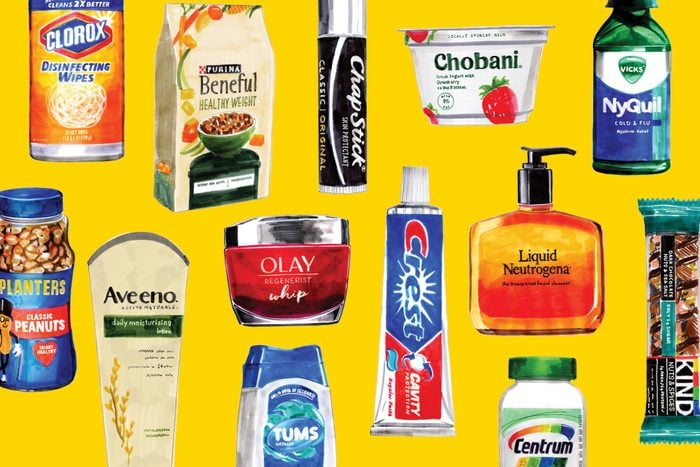
We want to have faith in the products we buy—after all, no one wants to waste money. But when a purchase involves our health, the expectation of quality is paramount. That’s why this annual Reader’s Digest Trusted Brands survey focuses on 35 categories affecting our well-being, from medications and supplements to health devices and food—even what’s best for our pets. Professional guidance is important, of course. But with their rich histories, these are the products consumers have come to trust the most.
Reader’s Digest surveys its readers every year so that you know which products you can trust when shopping. Check out the results of the 2020 Trusted Brands survey.
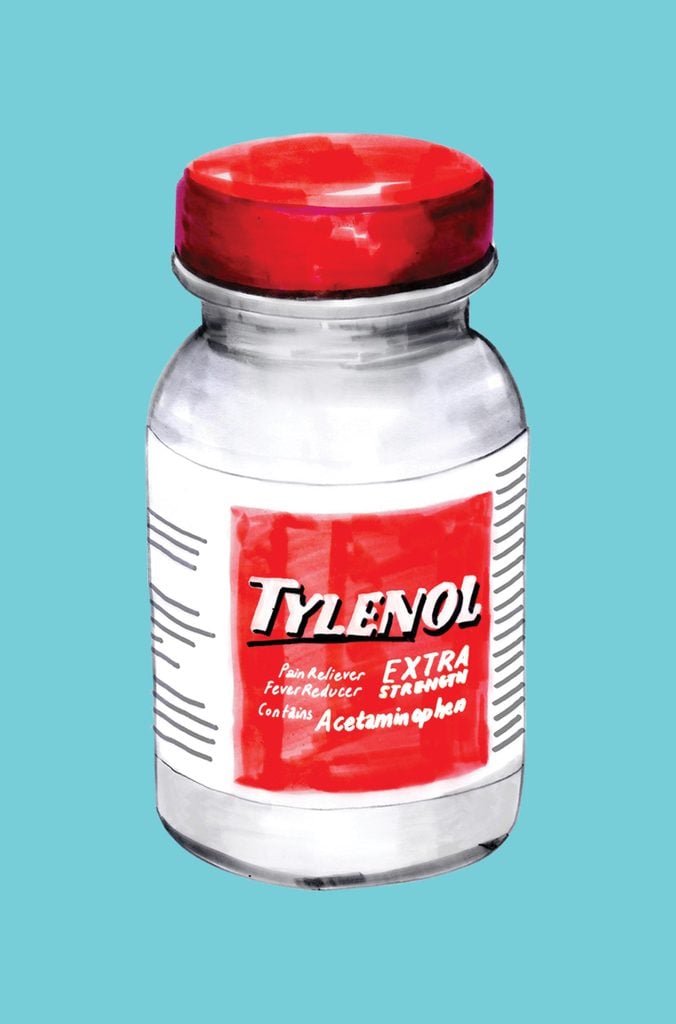
Headache and pain reliever: Tylenol
Along with gravity and potato chips, Tylenol is one of history’s great accidental discoveries. In 1886, a pair of German medical students were treating a patient’s intestinal worms (ew) when they mistakenly dosed her with a chemical cocktail that her body metabolized into acetaminophen. The patient’s fever broke. Acetaminophen became popular across Europe, and in 1955, the Philadelphia family running McNeil Laboratories, a pharmaceutical company, brought the drug to America as Tylenol Elixir for Children, a prescription-only antipyretic packaged like a tiny red fire truck and marketed “for little hotheads.” The marketing, and the medicine, worked. Today, Tylenol heals hot heads (large and little) in 13 countries. Use these secrets for finding a doctor you can trust.
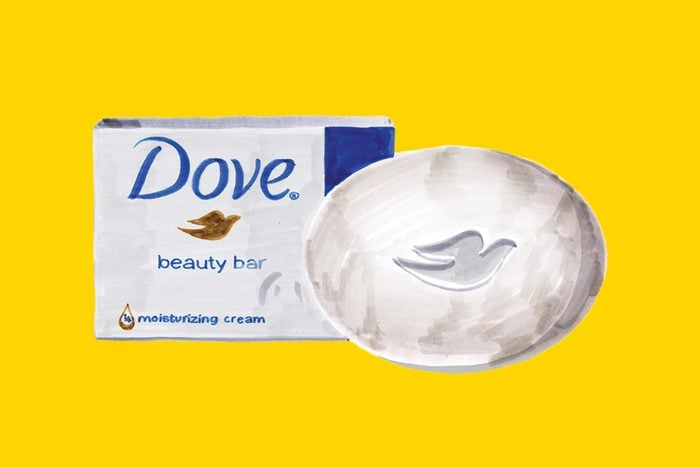
Soap and body wash: Dove
It’s the number-one-selling soap in the United States, thanks in large part to its most famous ingredient: “moisturizing cream.”
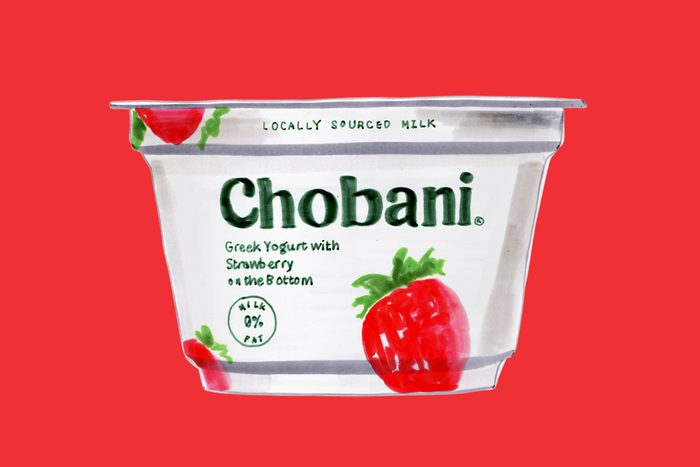
Greek yogurt: Chobani
The name means “shepherd”—but not in Greek. Hamdi Ulukaya, who founded the company, came to the United States from his native Turkey in 1994.
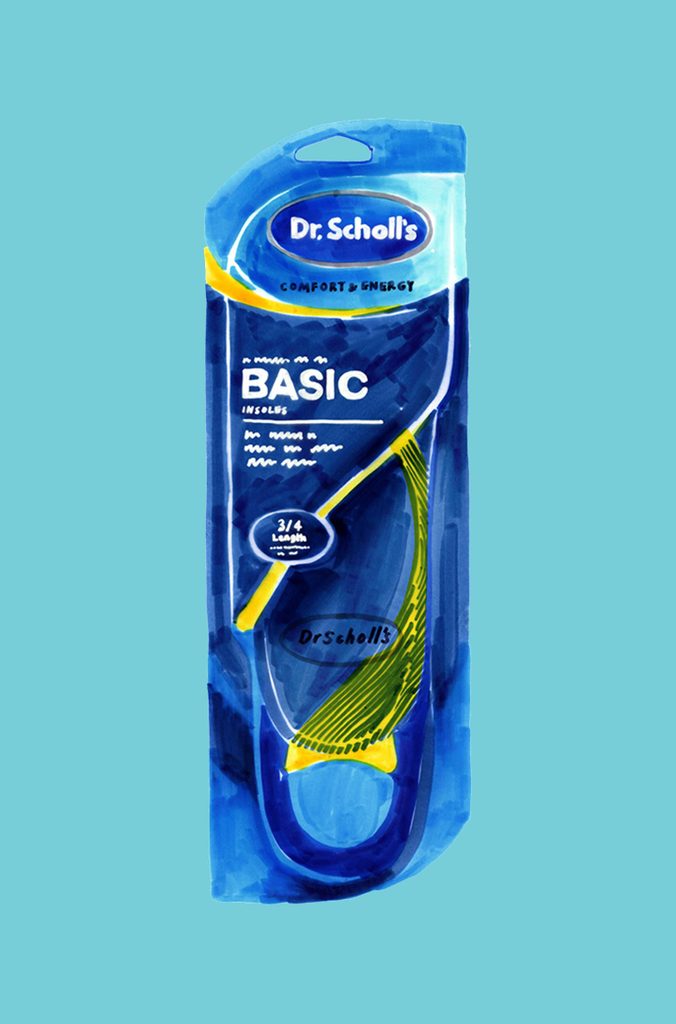
Foot care: Dr. Scholl’s
William Scholl, a Chicago shoe salesman turned medical doctor, created his first arch support in 1904, before he’d even graduated from med school.
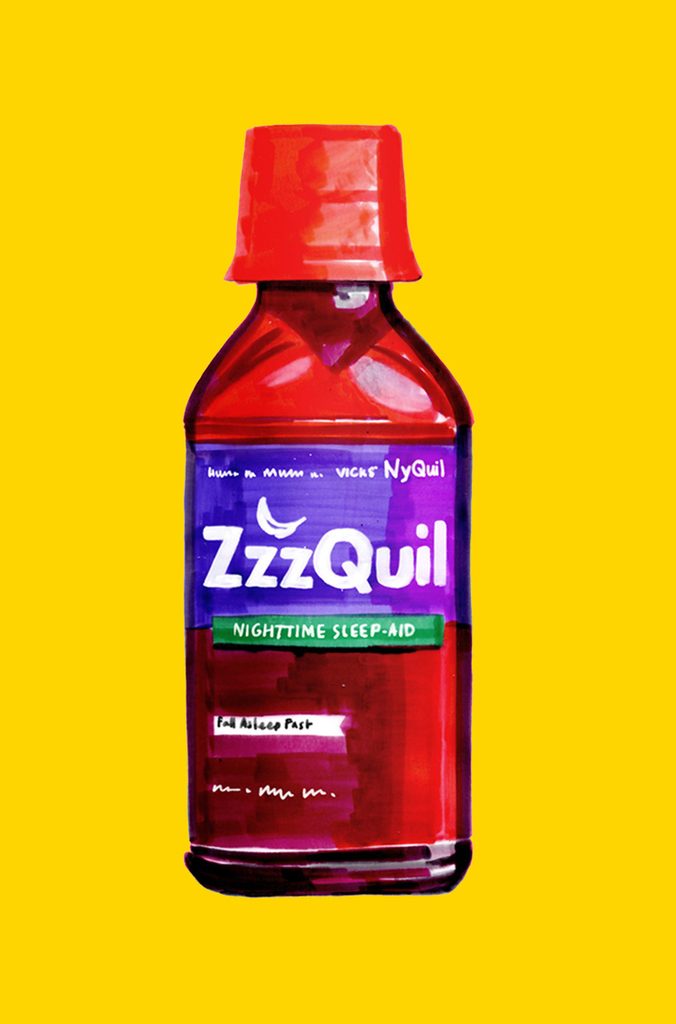
Sleep aid: ZzzQuil
Unlike some other over-the-counter sleep aids, ZzzQuil contains no pain relievers. Also unlike other brands, it comes in dreamy-sounding flavors such as Calming Vanilla Cherry and Warming Berry.
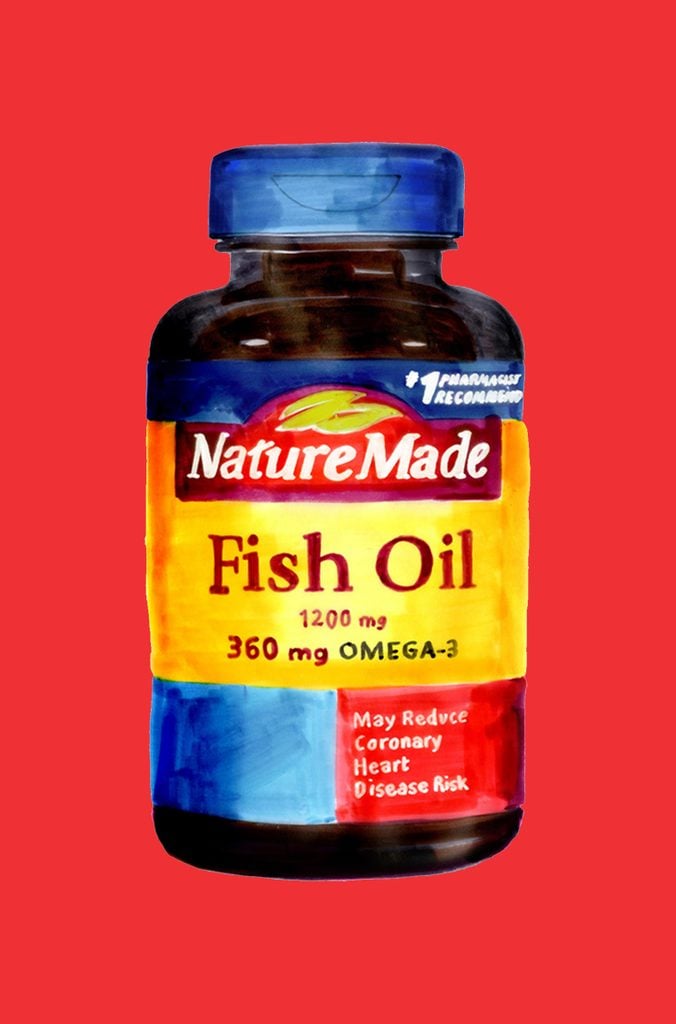
Fish oil: Nature Made
Science has yet to establish the effectiveness of many supplements, but fish oil has long been shown to help prevent heart disease.
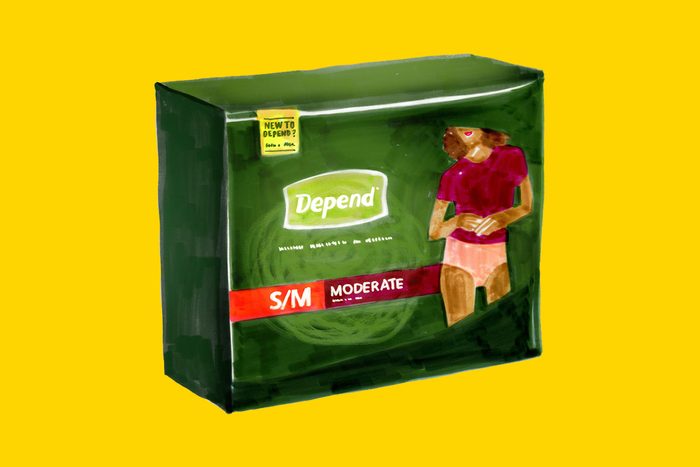
Incontinence product: Depend
Some people might feel uneasy having to ask a store clerk for help buying this product. Fortunately, Depend sends free sample kits to new customers. These are the mistakes that doctors wish you would stop making.
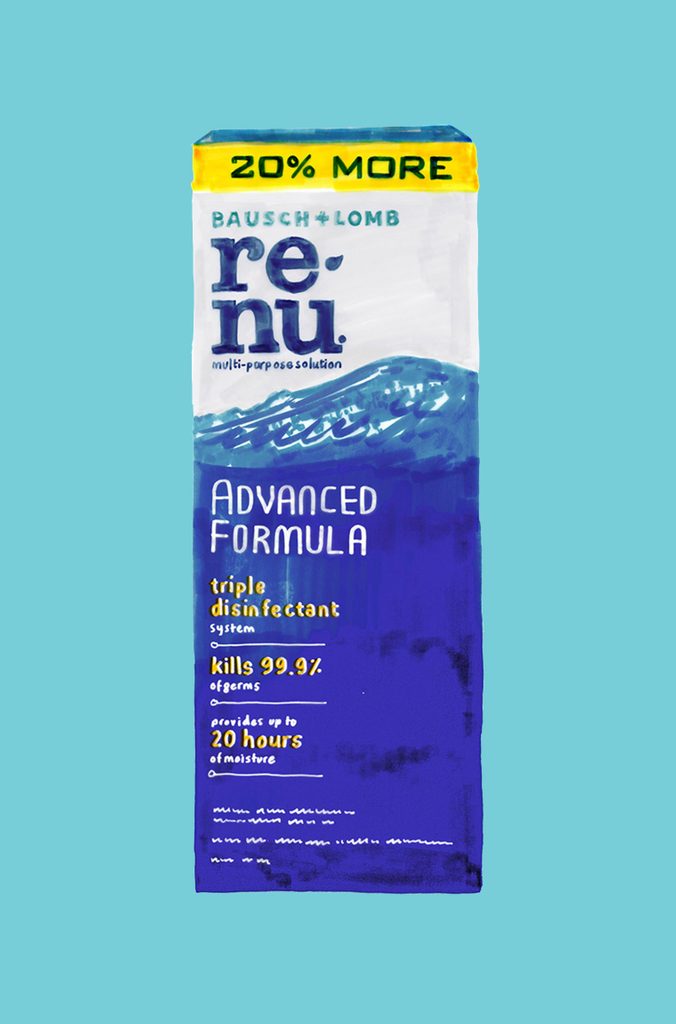
Contact solution: Bausch + Lomb
Used lenses can clog pipes and sink to the bottom of waterways. Bausch + Lomb’s recycling program has safely disposed of more than 2.5 million pairs since 2016.
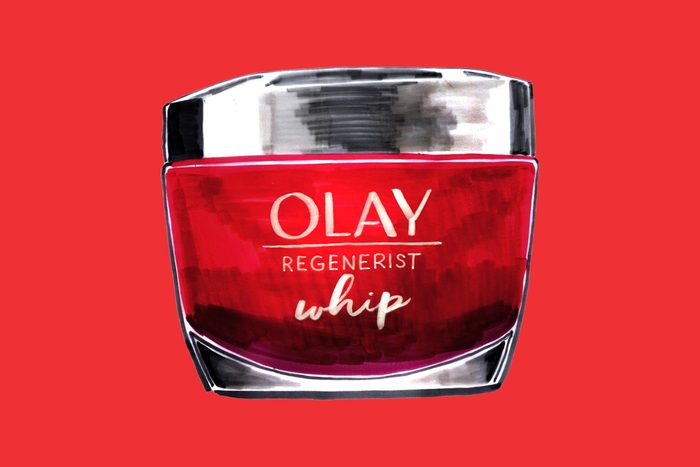
Antiaging skin care: Olay
A year after its launch, in 2018, Olay’s Regenerist Whip has become the top-selling new skin-care product. Number two: Regenerist Whip with SPF 25.
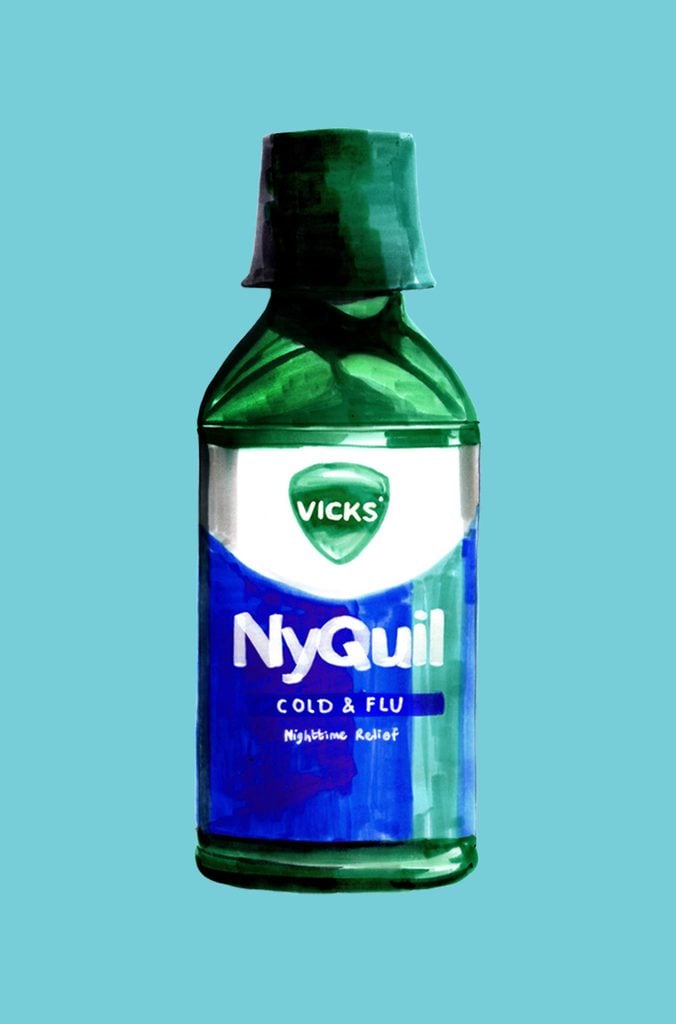
Cold & flu remedy: NyQuil
People with high blood pressure get sick, too, but decongestants can be dangerous for them. NyQuil’s HBP formula is specially made without decongestants.
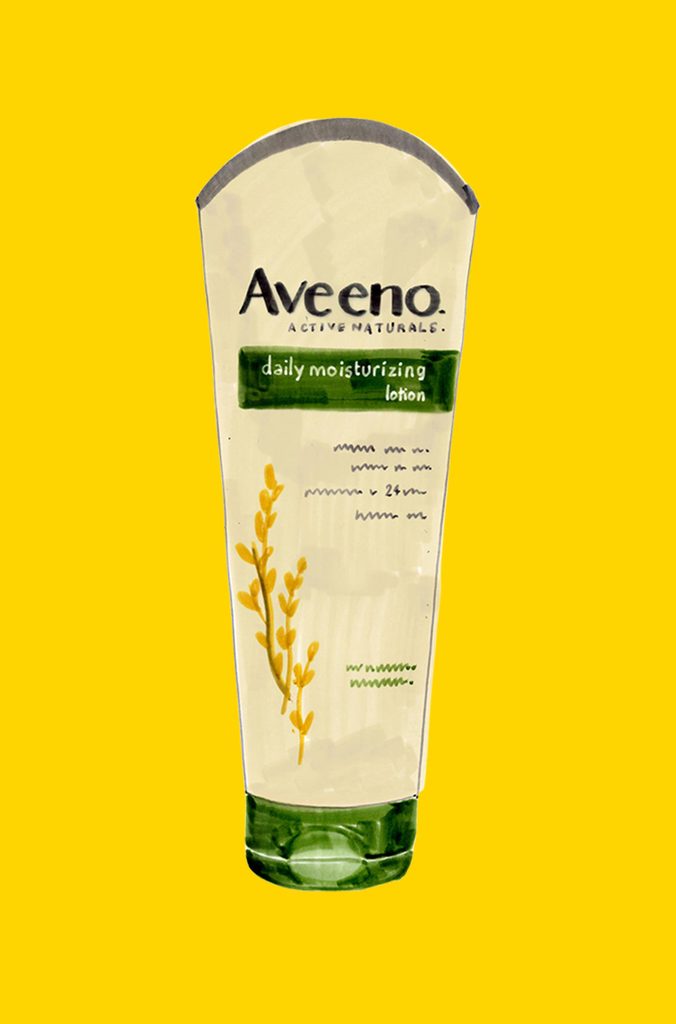
Moisturizer: Aveeno
In the 1940s, an oatmeal bath by American brothers Albert and Sidney Musher worked wonders as an eczema treatment. Since then, Aveeno—from the Latin for “oat”—has pioneered dozens of nature-based skin products.
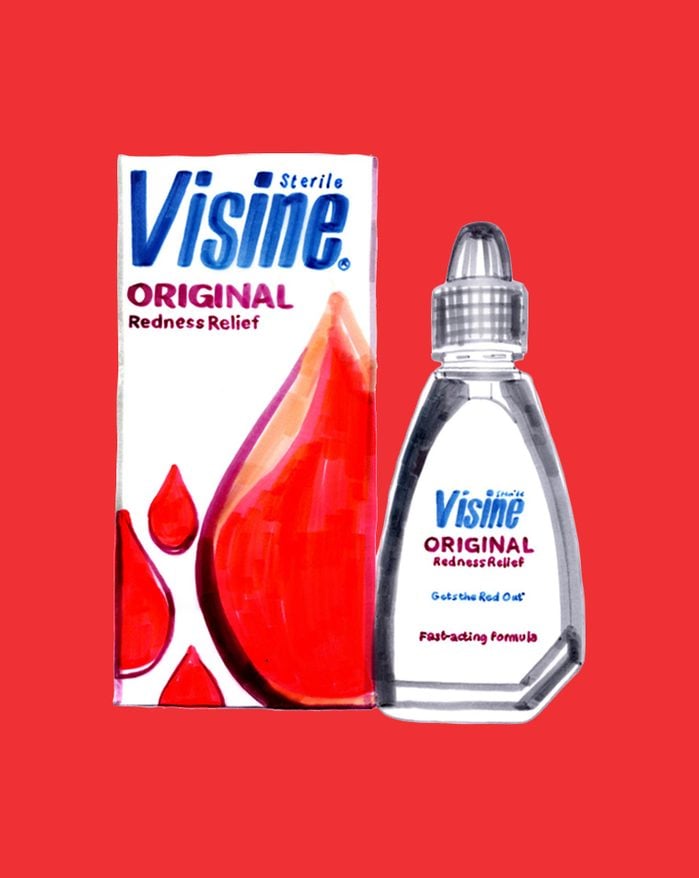
Eye care: Visine
Original Visine just treats redness. Relief from itching, dryness, or other conditions requires one of the more advanced formulas.
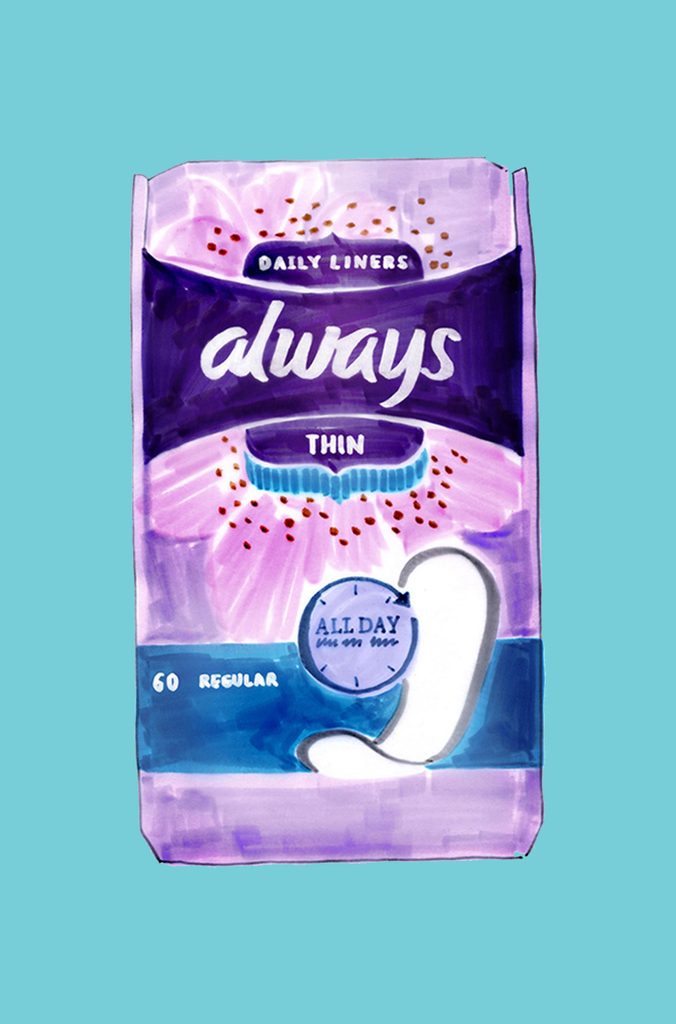
Feminine protection: Always
Ten states have dropped their tax on feminine-hygiene products in recent years.
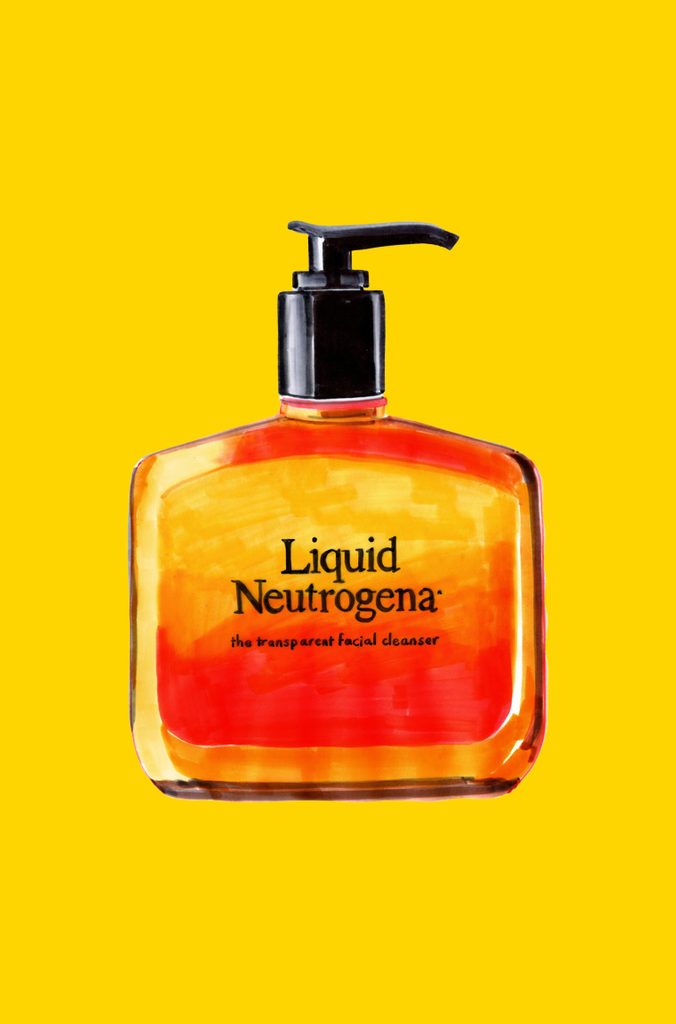
Facial cleanser: Neutrogena
Wash your face with plain water, and your skin returns to its natural pH in ten minutes. Add famously mild Neutrogena, and the process takes only one more minute, according to the company’s research.
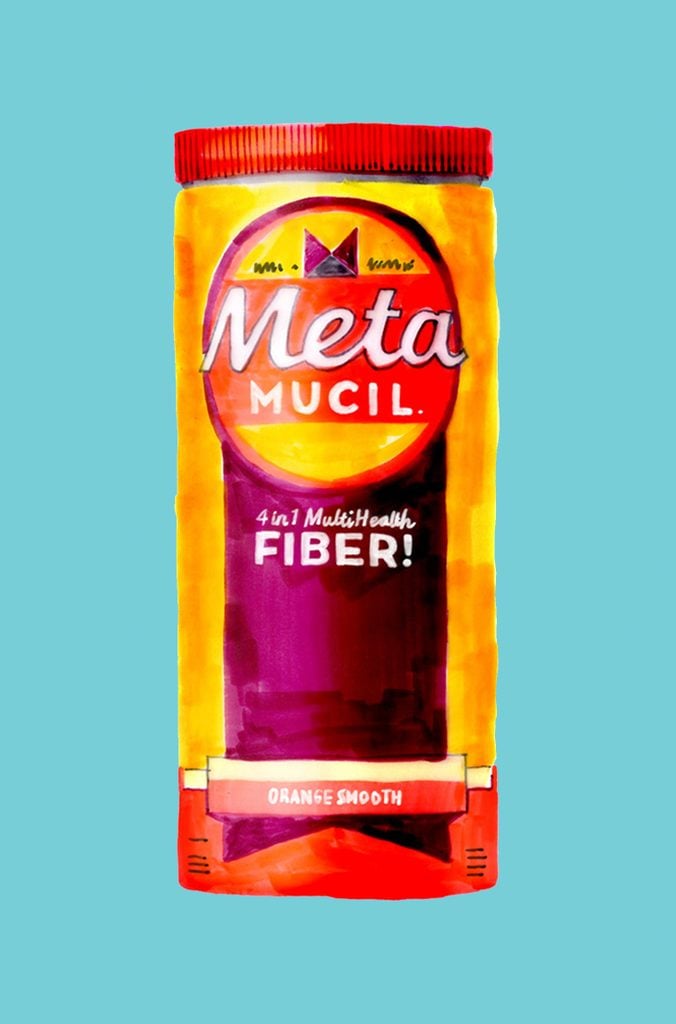
Fiber supplement: Metamucil
Fiber from the husk of the psyllium plant is Metamucil’s main ingredient and has a surprising side effect: Studies show that it can lower your cholesterol.
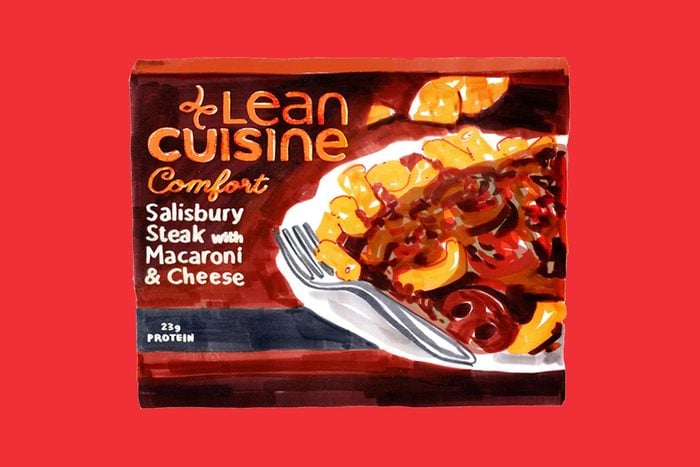
Healthy frozen meal: Lean Cuisine
How healthy? Even the Salisbury Steak with Macaroni & Cheese is good for you. In fact, the website eatthis.com says that, in terms of its balance of calories, protein, fat, and carbs, it is Lean Cuisine’s healthiest meal.
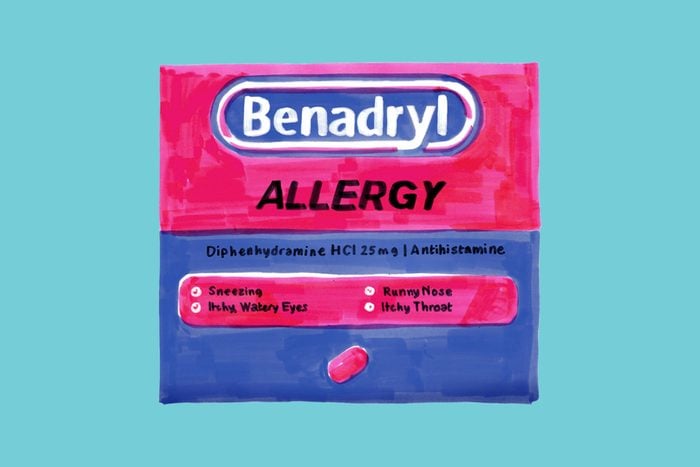
Itch relief/allergy relief: Benadryl
In 1933, George Rieveschl sent out 200 applications in hopes of becoming a commercial artist. He got nothing but rejections. So he became a chemist at the University of Cincinnati, and within ten years he’d created a compound that helped reduce itchy allergic reactions. He called it Benadryl. After the oral medication became available without a prescription in the 1980s, Benadryl began to also be sold as an anti-itch cream. (It won in both categories.)
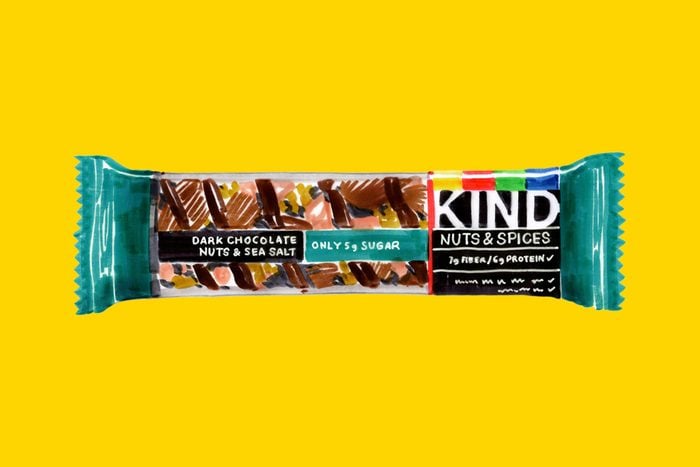
Nutrition bar: Kind
The glucose is non-GMO, the 20-plus flavors offer abundant variety, and the grains (such as amaranth, buckwheat, and sorghum) are unrefined and packed with protein.
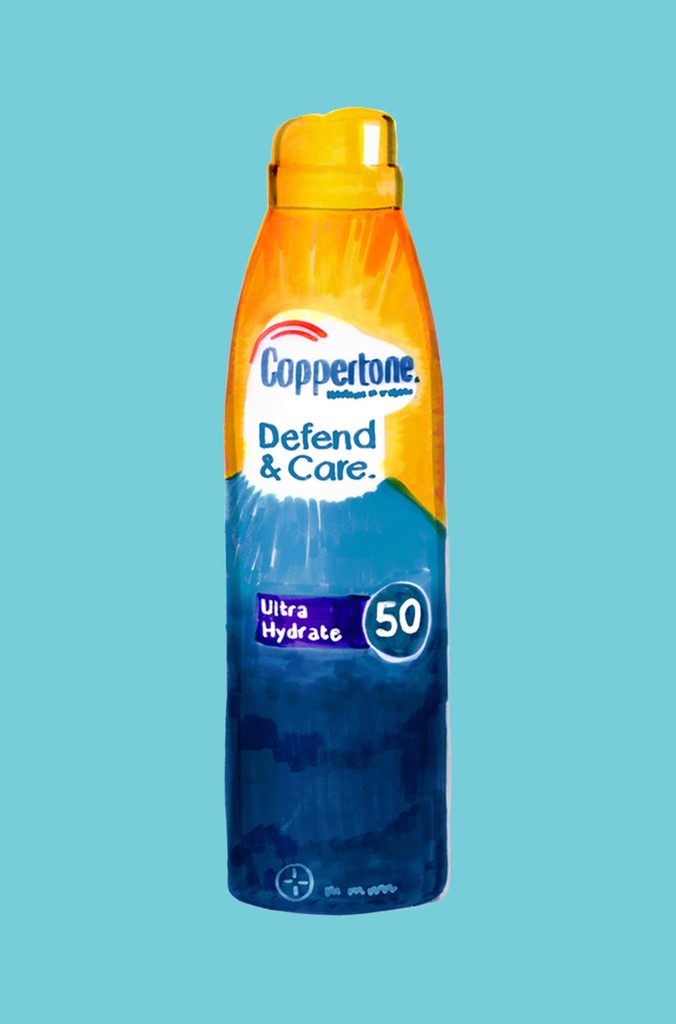
Sun protection: Coppertone
World War II airman Benjamin Green used veterinary petroleum to keep from getting sunburned while on duty. After the war, he added cocoa butter and coconut oil to the mix and created Coppertone suntan lotion. (The SPF came later.)
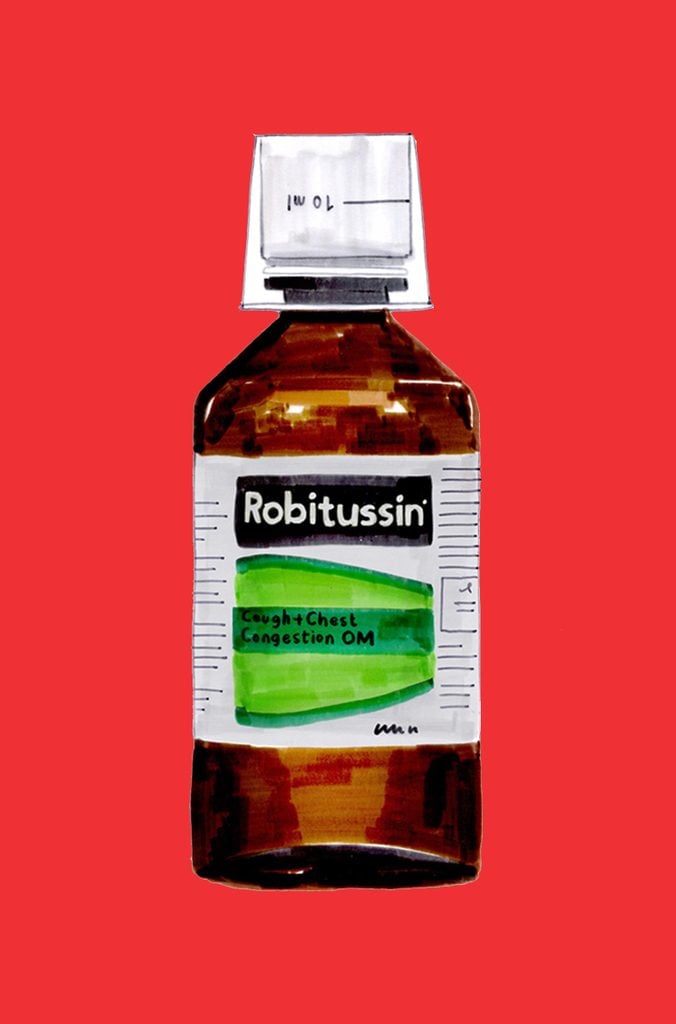
Cough remedy: Robitussin
In Latin, the word tussis means “cough.” It’s the same root found in the word pertussis, aka whooping cough.
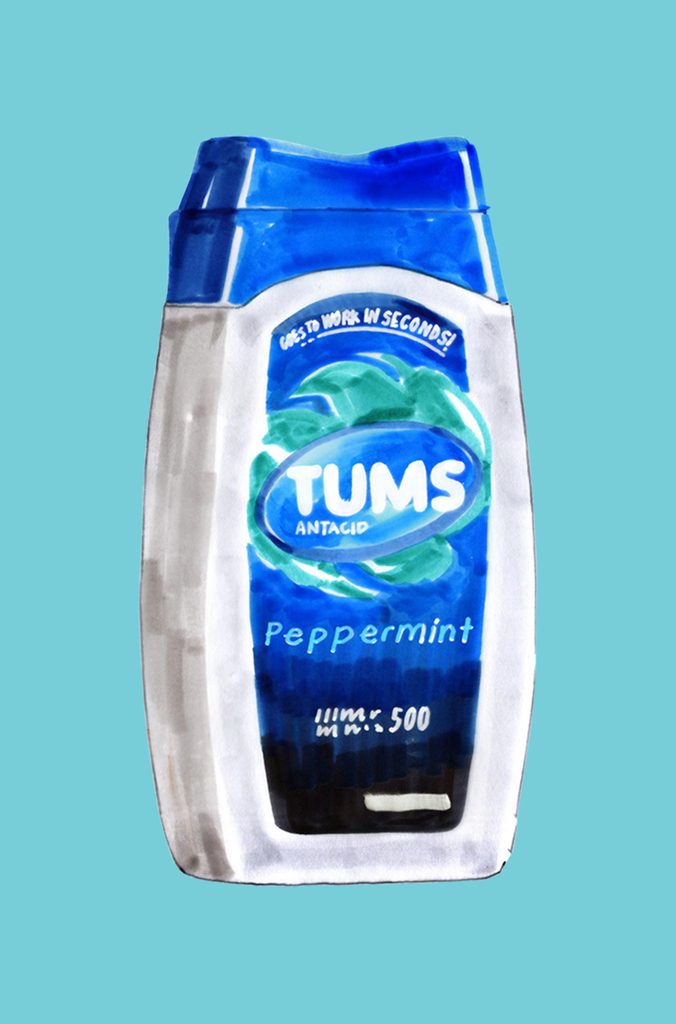
Antacid: Tums
When St. Louis pharmacist James Howe devised a mint-flavored calcium carbonate pill to quiet a patient’s indigestion in the 1920s, he had an extra incentive—the patient was his wife.
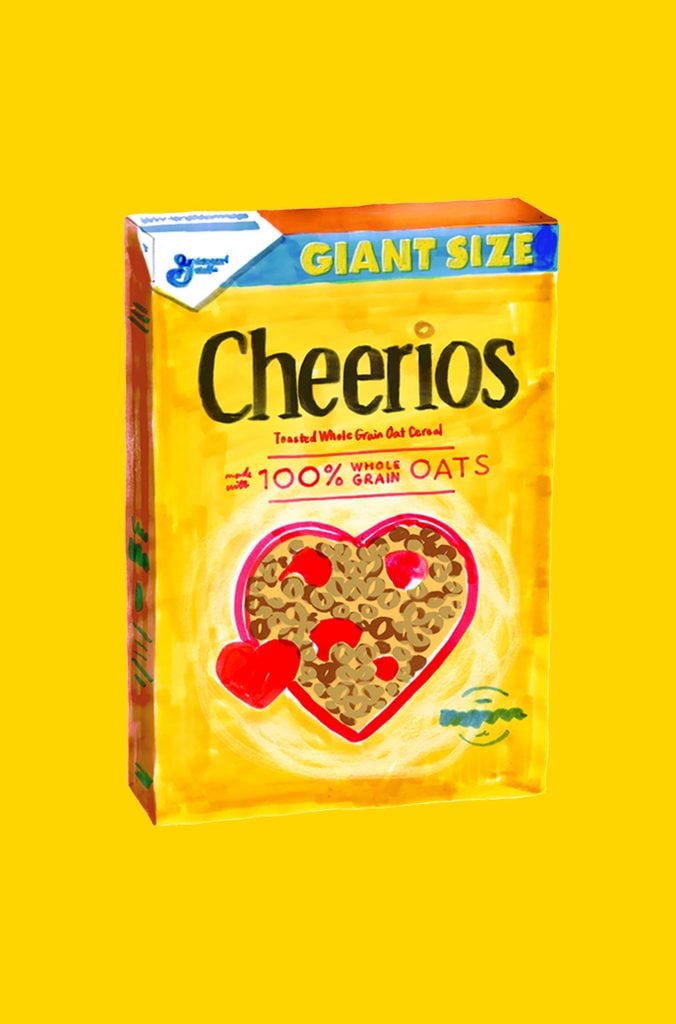
Healthy cereal: Cheerios
Most nutritionists say that when it comes to two key factors—more fiber, less sugar—the healthiest of all 18 Cheerios varieties is the original one.
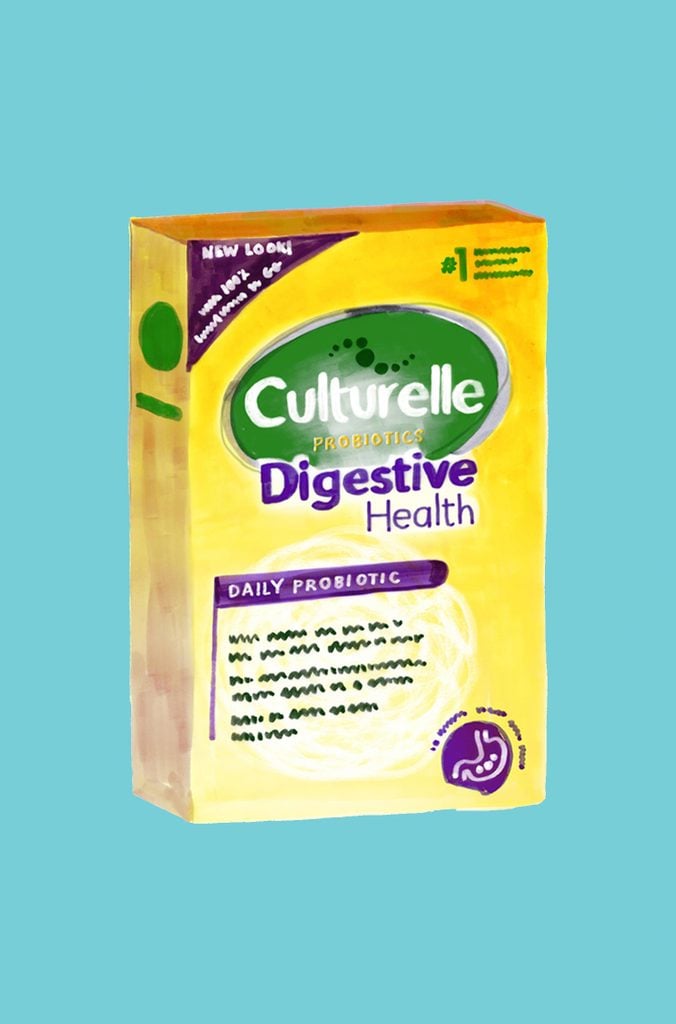
Probiotic: Culturelle
There are dozens of strains of probiotics—aka “good” bacteria. LGG, the one in Culturelle, is among the few that can survive stomach acid and make its health-promoting way into the intestines. These are the probiotic brands nutritionists trust the most.
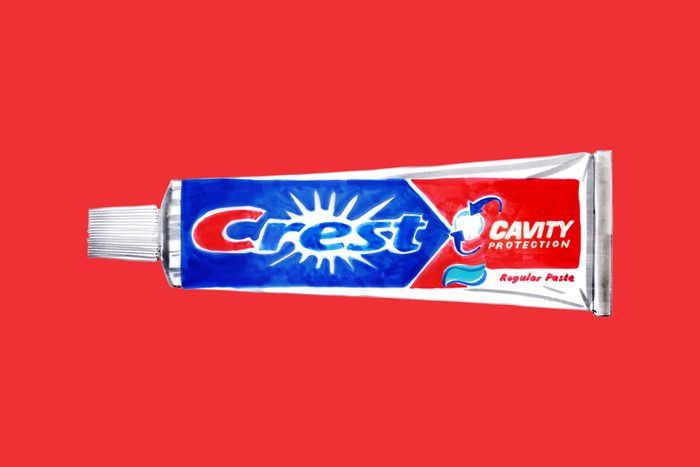
Toothpaste: Crest
Little-known fact: Crest will polish up the keys on your piano, too, whether they are made from ivory or plastic.
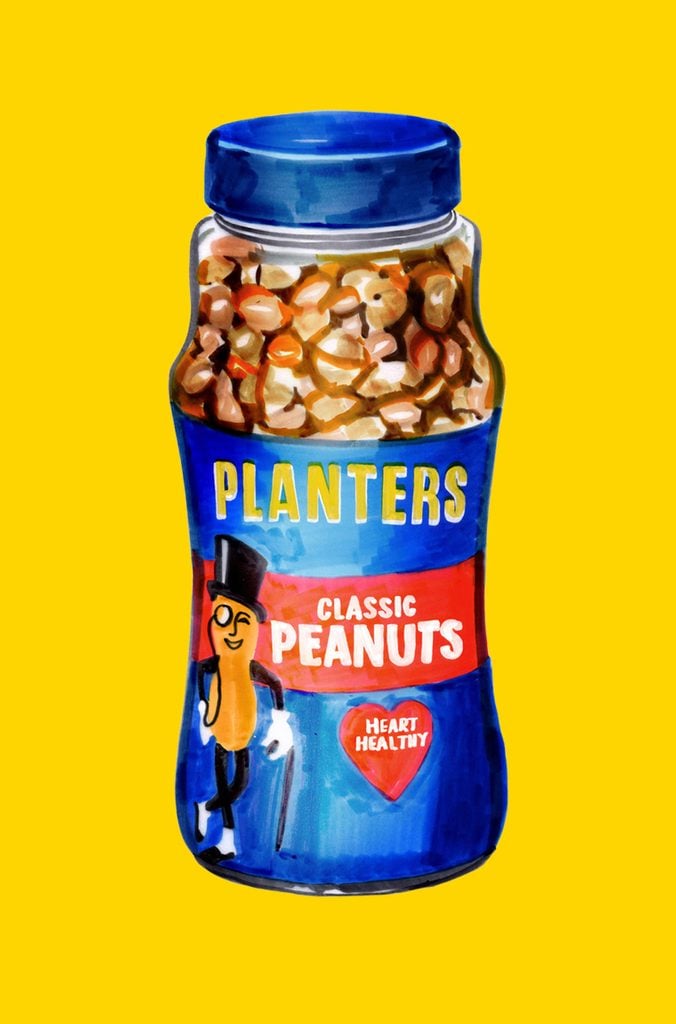
Nuts: Planters
Your heart loves nuts as much as you do! More than 80 percent of the fat in peanuts is monounsaturated and polyunsaturated, both of which can lower cholesterol and keep your blood vessels supple.
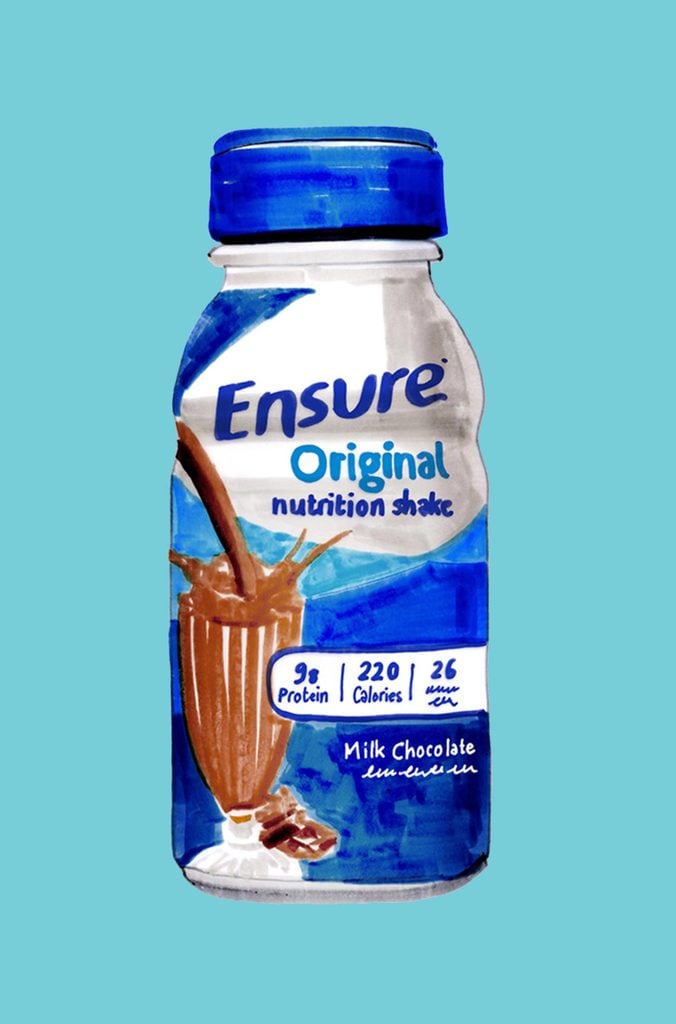
Nutritional drink: Ensure
We lose up to 8 percent of our muscle mass each decade after age 40. Last year, Ensure introduced its Max Protein shake, with 30 grams of protein, for people 45 and older.
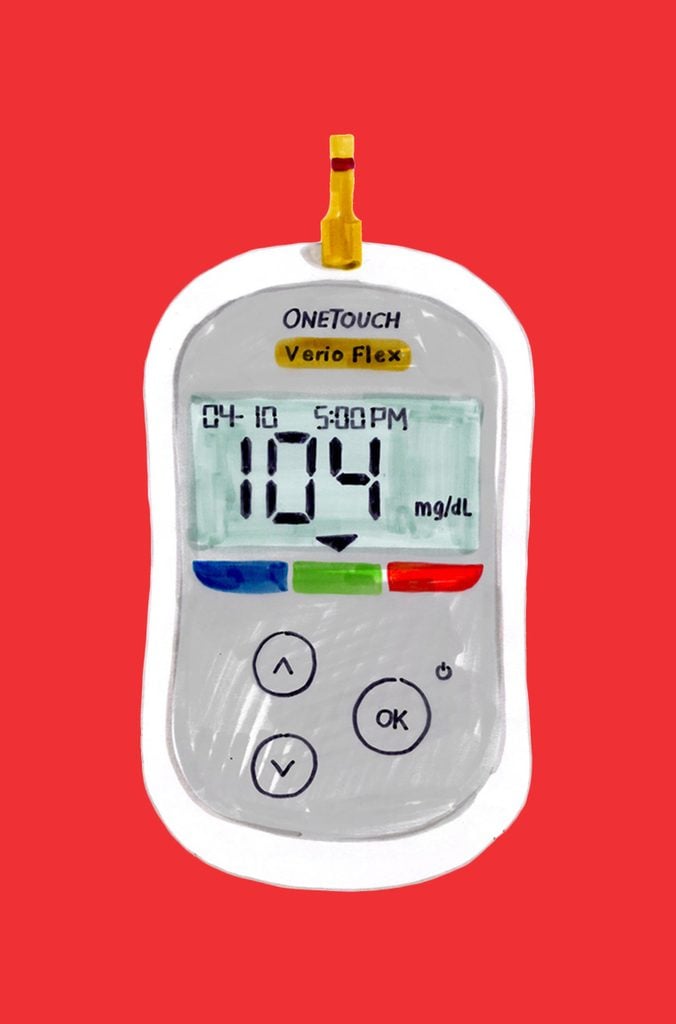
Blood-glucose monitor: OneTouch
In 1850, diabetics tested their blood sugar by adding a drop of urine to sheep’s wool that had been doused with a chemical that turned black in the presence of sugar. OneTouch meters use a drop of blood and return the precise glucose level within five seconds.
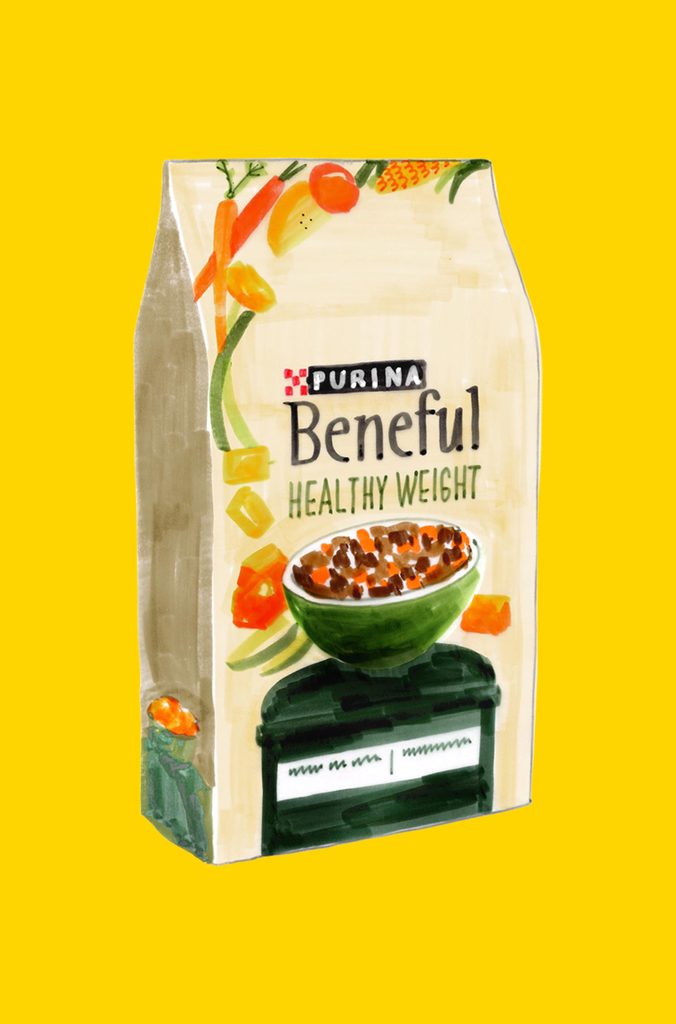
Healthy pet food: Purina
healthy pet food Purina has always been known for its healthy pet food—it’s what Admiral Richard E. Byrd fed his sled dogs on his 1933 Antarctic expedition. Today, Beneful, Purina’s preservative-free line of food, comes in flavors such as beef, potato, and green bean.
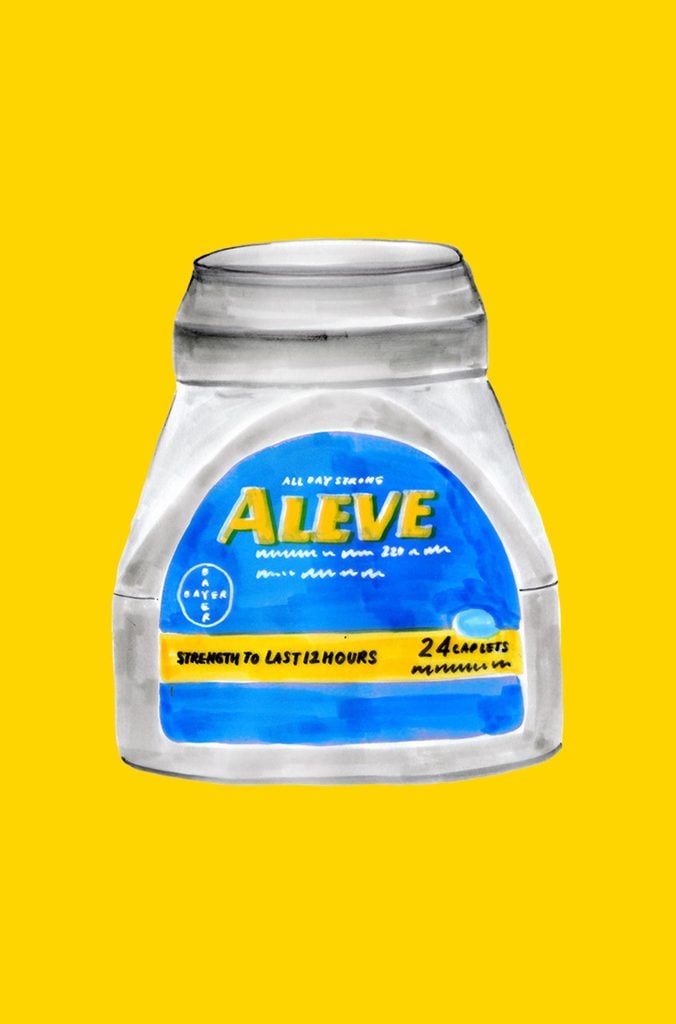
Joint-pain relief: Aleve
Aleve was the first over-the-counter medication to provide 12‑hour pain relief in a single dose. It is also available in a contoured bottle with a cushioned cap for easier gripping.
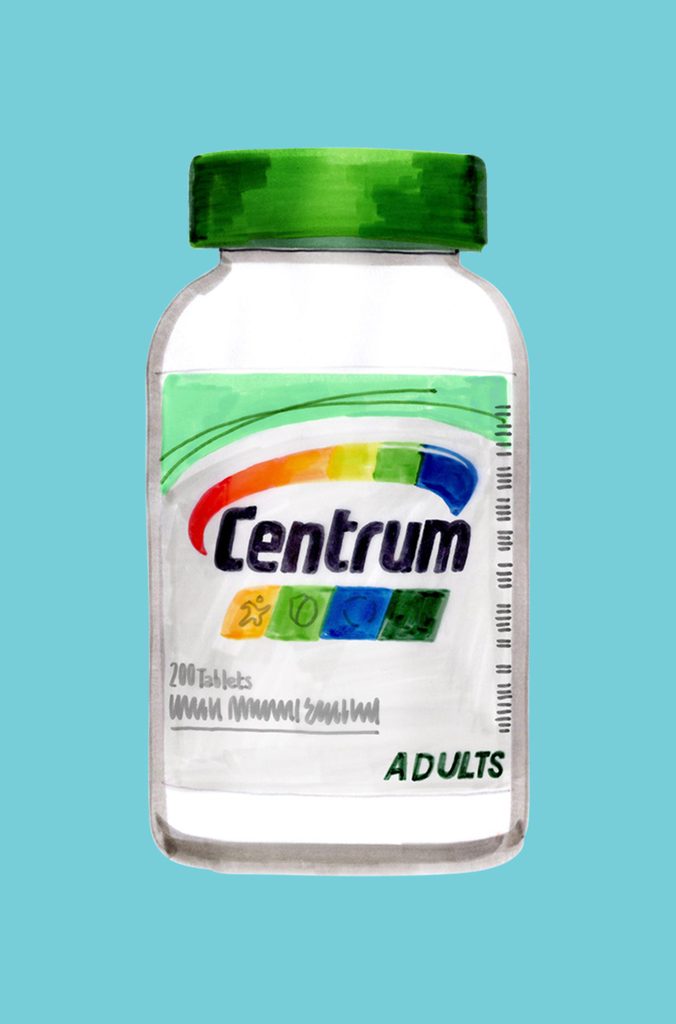
Multivitamin: Centrum
Have difficulty swallowing pills but feel silly chewing a gummy? In 2015, Centrum introduced a multivitamin in a mint form, called VitaMints. They contain 18 vitamins and micronutrients. These are the other vitamin brands that doctors trust the most.
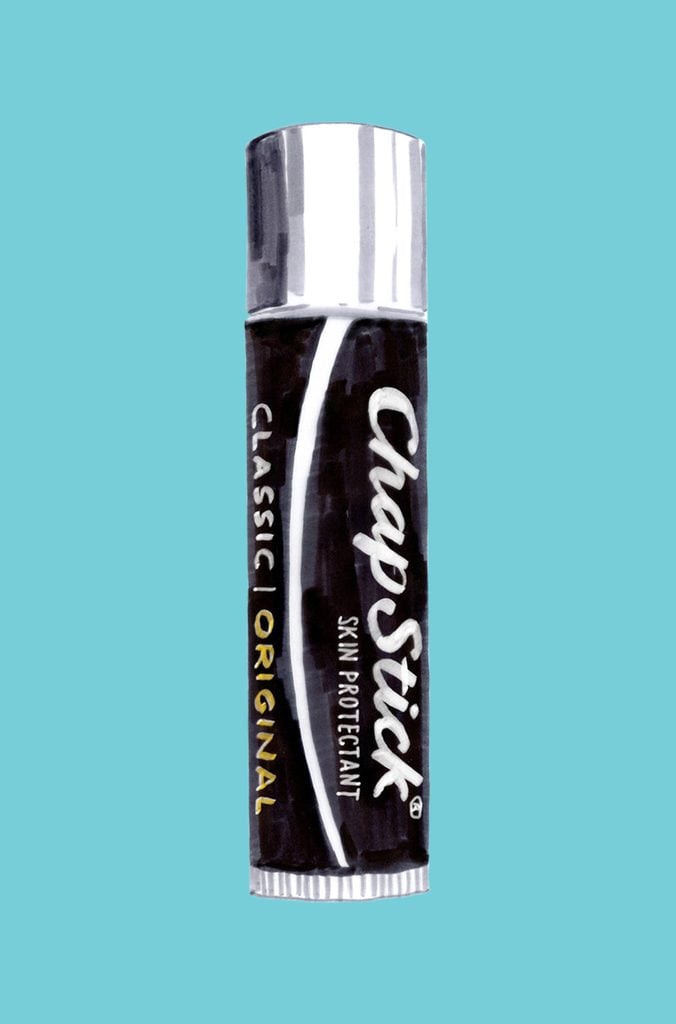
Lip care: Chapstick
The Egyptians used beeswax. A 19th-century book, The American Frugal Housewife, suggested earwax! So Charles Browne Fleet didn’t invent lip balm. But in the 1890s, he combined wax with petroleum jelly, camphor, and aromatic oils, and his ChapStick is still with us today. (As is Fleet’s other famous health aid: the Fleet enema.)
ChapStick’s packaging is almost as ingenious as its ingredients. The signature tube, largely unchanged after more than 100 years, can slip into any pocket or purse. (It was so inconspicuous that E. Howard Hunt hid mini microphones in hollowed-out ChapStick tubes during Watergate.) Convenient, but not addictive, as some Internet rumors insist. But don’t lick your lips before applying it—saliva is made to break down food, not moisturize.
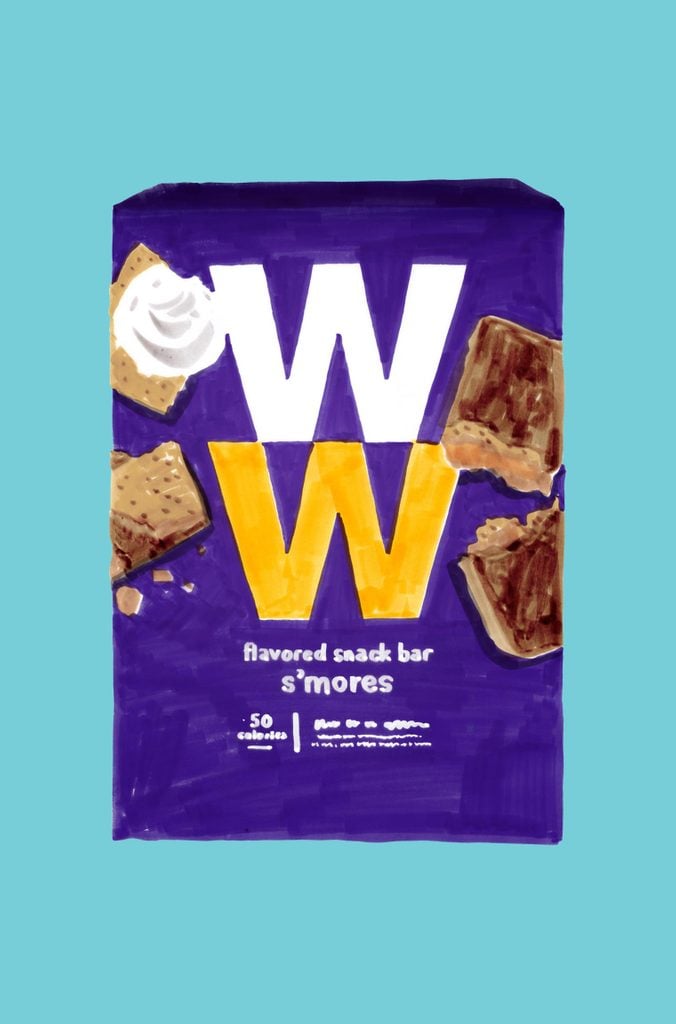
Weight-loss system: Weight Watchers
In a world that’s overstuffed with fad diets, Weight Watchers is like the friend that never lets you down. Founded by New York housewife Jean Nidetch in 1963, it is now ranked number one (out of 40 programs) for overall weight loss and was number five for healthy eating last year, according to U.S. News and World Report. WW (its slimmed-down name, as of 2018) is known for a “points” program designed to help participants track how much they are eating. But the ingenuity of Weight Watchers has always been its emphasis on support: going to meetings (or going online) to talk about weight and nutrition and to cheer on fellow Watchers. Oprah Winfrey swears by it. In fact, she is a spokesperson and a major stock owner.
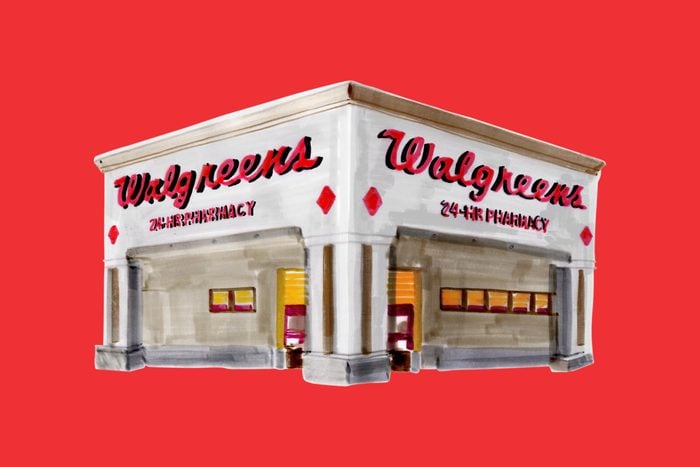
National pharmacy & drugstore: Walgreens
Not to be rude, but 240,000 Americans would be out of work if not for Charles R. Walgreen’s middle finger. As a teenager in Dixon, Illinois, in the 1890s, Walgreen worked in a shoe factory. One day, his hand got caught in a stitching machine, severing the top joint of his middle finger and ending his hoped-for career in sports. The doctor treating young Charles proposed an alternative path: Why not try pharmacy? Walgreen’s first job as a pharmacist’s apprentice paid $4 a week and ended with his getting fired (he forgot to shovel the snow out front). He opened his own pharmacy in 1901 (someone else could shovel!) and by 1929 operated 397 stores. Today, Walgreens is the second-largest U.S. pharmacy chain after CVS and fills more than 1.1 billion prescriptions a year.
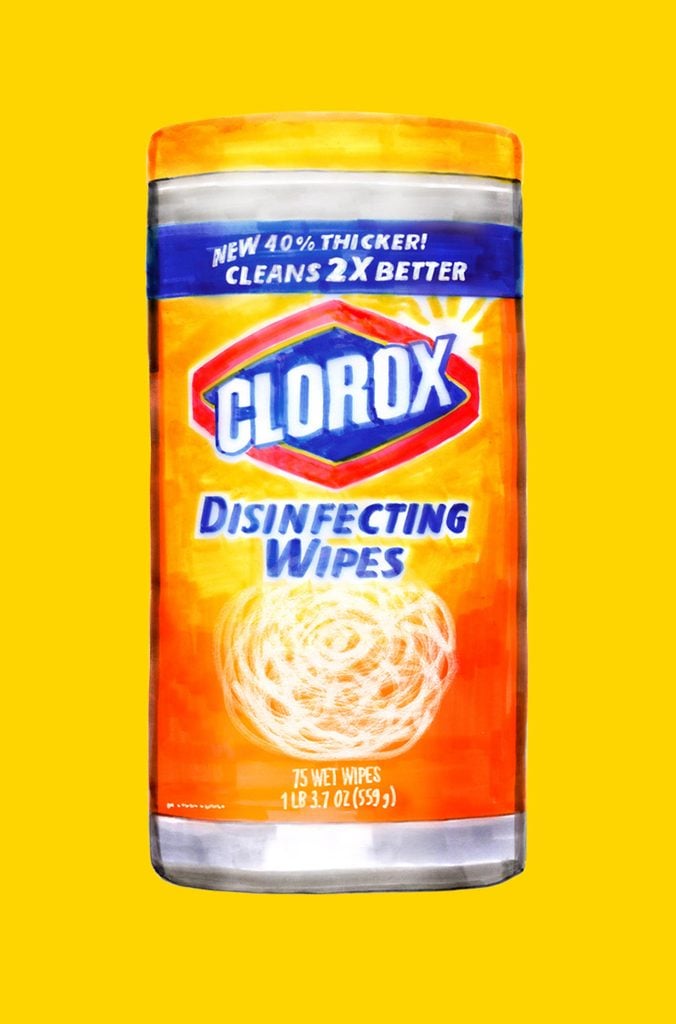
Disinfecting wipes: Clorox
Three years before the iconic Hollywood sign made its debut, the big name in California was Clorox. In 1920, the American cleaning giant (then known as the Electro-Alkaline Company) erected a massive billboard over San Francisco to tout its signature liquid bleach to the daily ferry commuters. Residents on the other side of the bay received a different kind of welcome. Annie Murray, the wife of the company’s first general manager, insisted on handing out free samples of the newfangled cleaner to housewives visiting her family’s grocery store in Oakland. You might say that Clorox still focuses on the personal touch, albeit in a somewhat different form. The Guardian estimates that the world uses about 14,000 disinfecting wet wipes every second, and according to Amazon, Clorox is the bestseller.
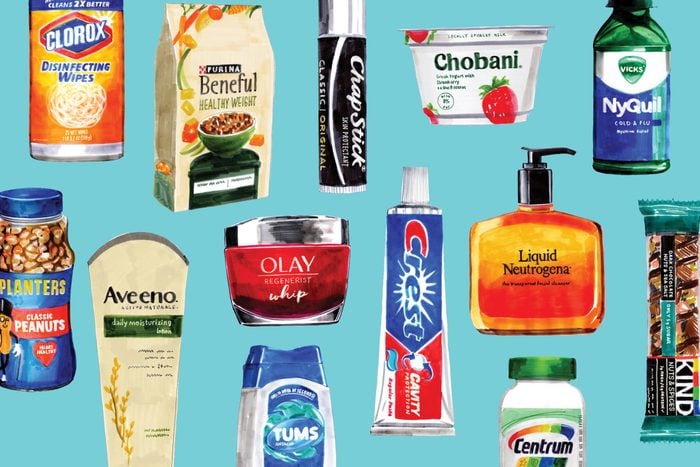
Trust Factors
Identifying America’s go-to products was only one goal of this year’s Reader’s Digest Trusted Brands survey of 3,500 representative consumers, conducted by the national polling firm Ipsos. We also wanted to know what influenced buying decisions, and some of the results were surprising. For instance, price didn’t generally affect trust. Only 10 percent of people said that an unusually low price would make them distrust a health-care product, and only 11 percent said they distrusted generics. Positive online reviews spoke to many people: 45 percent of those looking for a weight-loss system said that they put significant faith in them. Overall, the biggest factor driving trust was whether a product had worked in the past—63 percent of people cited that factor, followed by 54 percent who looked at the brand’s overall reputation. On the other hand, only 6 percent of consumers said their trust was affected by a claim of being “new” or “improved,” the lowest factor on our list.
To get a glimpse of all the winning brands from every year starting in 2015, check out the full list of Reader’s Digest’s Trusted Brands.
